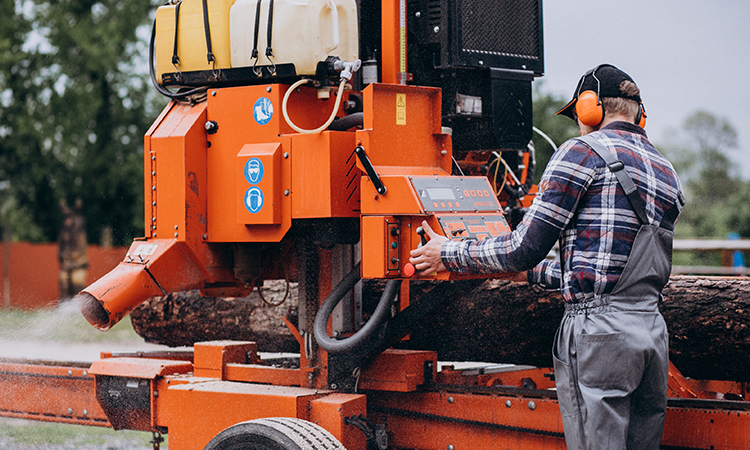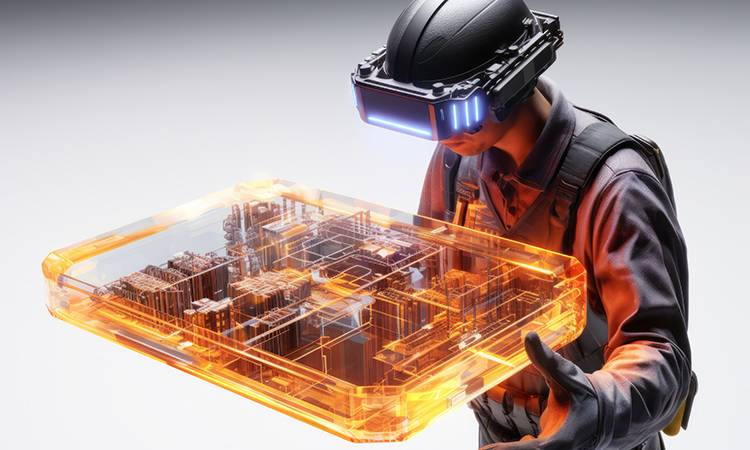Choosing the Right Earth-Moving Equipment for Your Project
Selecting the right earth-moving equipment can make or break a construction project. With a wide range of machinery available, it’s important to choose the equipment that best fits the specific needs of your site, terrain, and workload. This post will guide you through the essential factors to consider when selecting the right earth-moving equipment.
- Project Size and Scope: The size of your project will largely determine the scale of the equipment required. For smaller projects like landscaping, compact equipment such as mini excavators or skid steers might be ideal. For larger tasks such as highway construction or large-scale excavation, full-sized bulldozers, excavators, and wheel loaders will provide the necessary power and efficiency.
- Terrain and Site Conditions: Different terrains require different types of machinery. For example, if you're working on rocky or uneven ground, you’ll need equipment with strong traction and stability. Conversely, for soft, muddy conditions, machinery with wide tracks or tires designed for wet environments would be more appropriate.
- Material Handling: Consider the type of material you’re working with. Is it loose soil, gravel, or heavy rock? The load capacity and strength of the equipment must align with the density and weight of the material being moved. Machines like backhoes are versatile for general-purpose work, while hydraulic excavators are better suited for heavy-duty digging and material removal.
Satisfied With The Facilities At Antek Construction Equipment Rental Services.
Donald H. JamesRental Customer
Maximizing Efficiency: Top Maintenance Tips for Heavy Equipment
Heavy equipment represents a significant investment, and proper maintenance is essential to ensure it runs efficiently over the long term. Regular maintenance not only extends the lifespan of your machinery but also helps prevent costly breakdowns and downtime on-site.
- Conduct daily inspections to identify any potential issues early on. Check for fluid leaks, worn tires or tracks, loose parts, and hydraulic hoses that might be cracked or frayed. It’s easier and more cost-effective to repair small problems before they turn into major issues.
- Lubrication: Ensuring that all moving parts are properly lubricated is crucial for the smooth operation of heavy machinery. Lack of lubrication can lead to overheating and accelerated wear and tear. Always follow the manufacturer’s guidelines for lubrication schedules and use the recommended products for each machine.
- Fluid Levels and Filters: Regularly check engine oil, hydraulic fluid, coolant, and fuel levels. Maintaining optimal fluid levels is essential to prevent overheating, corrosion, and mechanical failure. Additionally, replace filters at the intervals recommended by the manufacturer to ensure contaminants aren’t reducing the efficiency of the equipment.
The Future of Construction: Emerging Trends in Heavy Equipment Technology
The construction industry is undergoing a transformation, driven by technological advancements that are reshaping how projects are completed. As construction projects become more complex and demanding, new technologies are being developed to meet these challenges and drive innovation in heavy equipment.
- Automated machinery is quickly becoming a game-changer in the industry. From autonomous excavators to drones that monitor progress, automation is helping to reduce human error and improve efficiency. Companies are increasingly relying on robotic systems to handle repetitive tasks such as grading and material movement, freeing up operators to focus on more complex work.
- As the push for sustainability grows, electric and hybrid heavy machinery is gaining popularity. These machines reduce emissions and fuel consumption while delivering the same power and performance as traditional diesel-powered equipment. Electric-powered excavators and loaders are particularly useful in urban areas, where noise reduction and environmental regulations are becoming increasingly stringent.
- The integration of telematics and Internet of Things (IoT) technologies is revolutionizing how equipment is managed and monitored. With telematics, operators and managers can track equipment performance in real-time, receive alerts for maintenance needs, and monitor fuel usage and location remotely. This data-driven approach helps reduce downtime, optimize machine use, and enhance overall fleet management.




